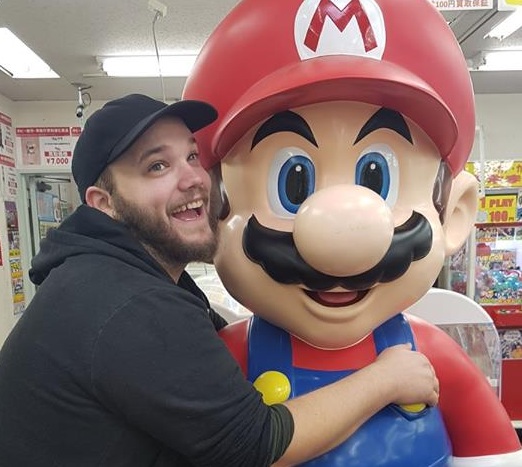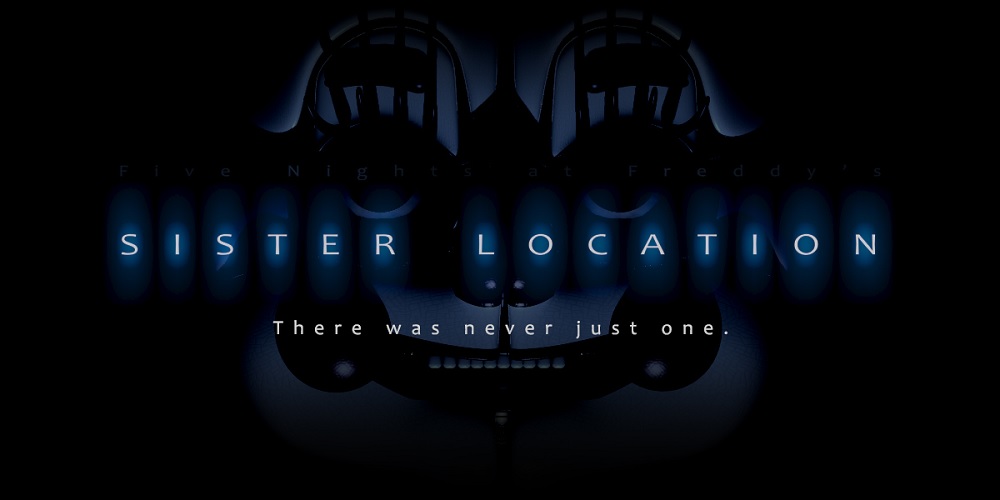
There have been opinions published on this site before about the quality of Five Nights at Freddy’s (FNAF), and I’d like to take some time to say that I cordially disagree. I wouldn’t go as far as to say that they’re the best horror games ever made, but I would certainly call them quality indie games and an excellent series in general. Developer Scott Cawthorn attempted to develop a number of games before the FNAF series, the most notorious being the unsettling Chipper and Sons Co. This game was panned by a lot of online critics for having eerily robotic looking characters that freaked people out, and the game was subsequently taken off of Steam Greenlight. Rather than quitting games development, however, Cawthorn used this idea to create what has arguably become one of the most well-known game series in the industry. I’m personally very fond of FNAF, so I was quick to pick up Sister Location as soon as it was available. I wasn’t disappointed.
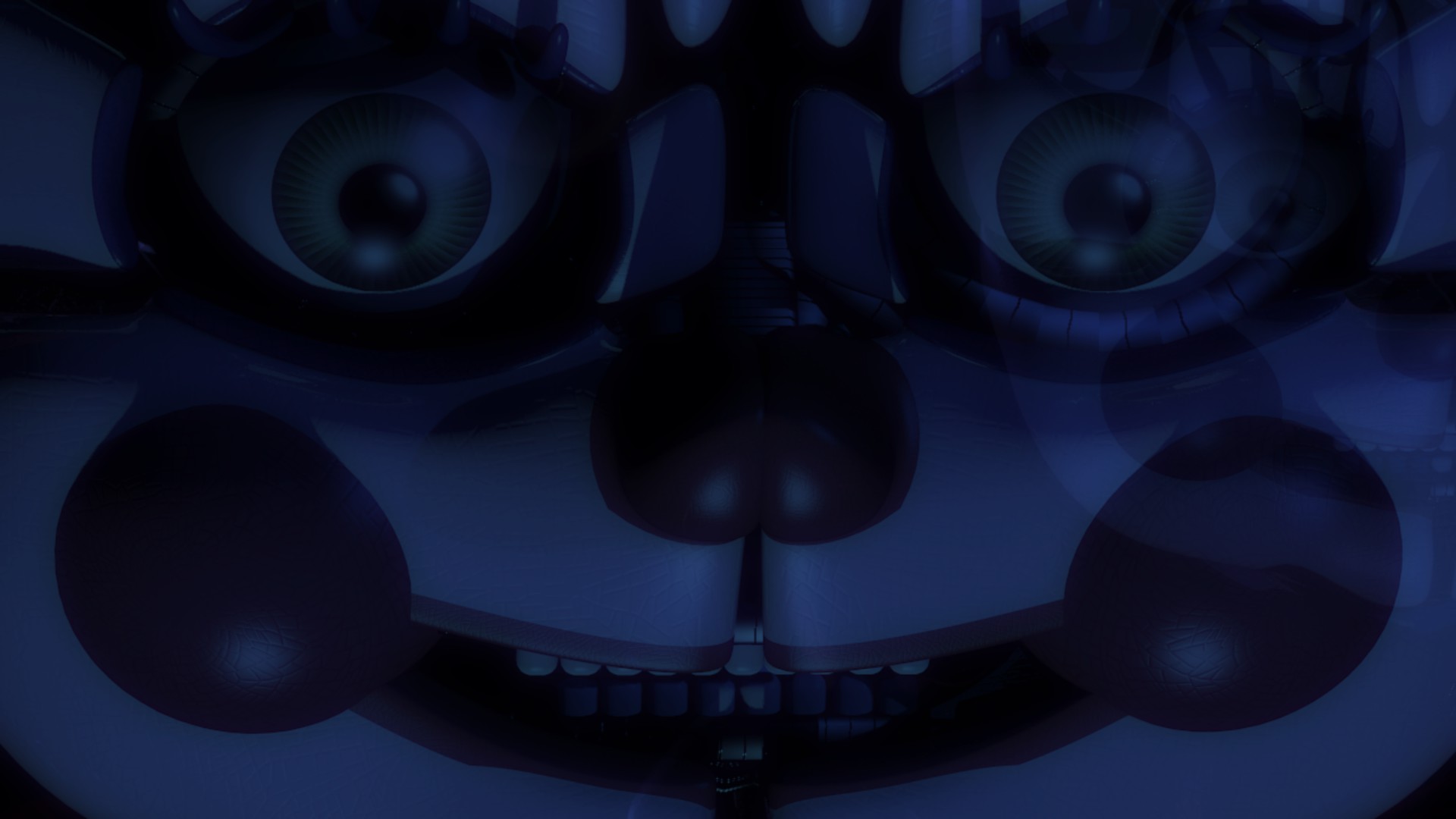
“Welcome, children!”
Sister Location takes place in an underground testing facility for animatronics, which are rented out for private functions, casting the player as a (sort of) nameless technician. I say you’re sort of nameless because the AI that speaks to you throughout your play time “corrects” the name you attempt to type into the buggy keypad at the beginning with “Eggs Benedict.” Sister Location is probably the most narrative-heavy entry in the main FNAF series, with far more NPC dialogue than it’s predecessors. To talk about specifics beyond the above would be spoiling a hell of a lot, but I feel like Sister Location will provide a lot of answers (and a lot of new questions at the same time) for veteran players.
The overarching story of FNAF is steeped in intrigue and mystery, with plot details and information being hidden all over the place in each game. Rather than blow its narrative load all in one go, each game in the series adds to a breadcrumb trail about the overarching story that connects them all. The fact it comes in drips and drabs is, honestly, not an issue for me either, give that this is one of the few game series’ that has a legitimate claim to following an “episodic release” schedule. At the same time, each game is relatively well-contained regarding their immediate events and story. Your enjoyment of all of this depends entirely on how much time you’re willing to sink while delving into the rabbit hole that is FNAF’s lore, and I’m not ashamed to say that I have done this a lot. Theories abound in online communities, entire video series’ have been dedicated to figuring out what it all means, and every new game fleshes out the overall story just a little bit more.
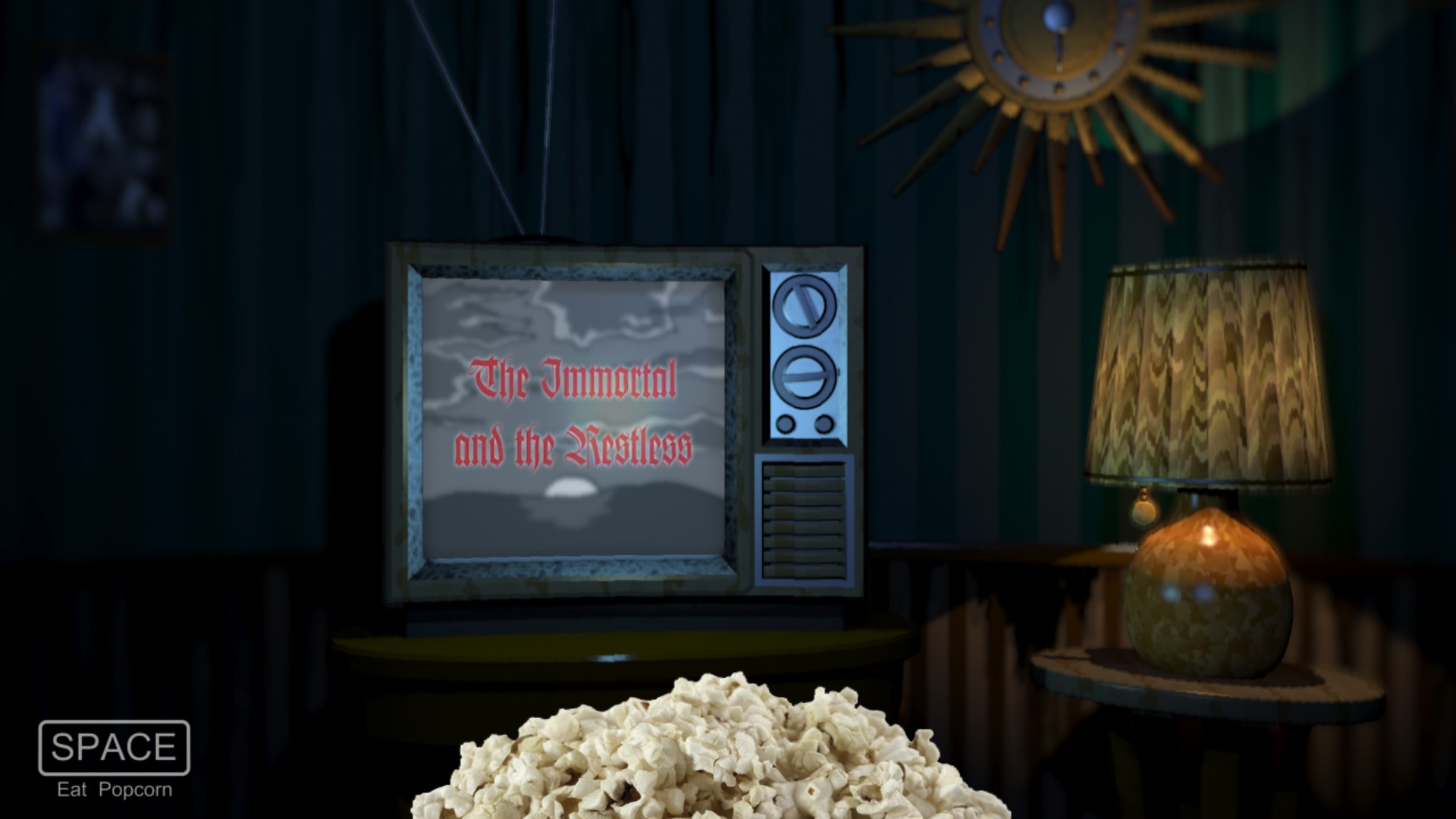
I mean, have you seen the FNAF subreddit? Those guys are delightfully insane.
Sister Location’s design has taken quite the departure from what the series is typically known for, in that you’re not fixed to just one spot or area, but end up moving between several rooms. It also doesn’t have players performing the same task every single night with steadily increasing difficulty; you’re given different tasks to perform each night. With the exclusion of a couple of nights, much of Sister Location is also “on rails,” with the player being guided along rather than being left to figure things out on their own. In this way, it’s less of a point-and-click survival horror than the previous entries were, and more of a story driven series of mini-game challenges. The “puzzle” isn’t in the mechanics, it’s in the information being fed to you.
That’s not to say that the game isn’t still creepy, quite the contrary in fact. Admittedly, I’m a sucker for jump scares, and they work on me more often than not, but I definitely feel like Sister Location has picked up its game regarding the atmospheric setup. Making anything scary is all about creating the right tone and atmosphere, which I think is done with unnerving aplomb. The biggest criticism that the FNAF series has historically received is that jump scares are just thrown at people, and they lose their effect fairly quickly. Personally, when the jump scares involve terrifying, animatronic Chuck-E-Cheese rejects that screech and grin while they murder you, I disagree. That said, I felt like they appeared far less often in Sister Location, and to much greater effect when considering their context.

The context being something like “ohGodohGodohGodohGodohGod–“
As mentioned earlier, a lot of Sister Location is played on rails, more-so than the previous games, and feels much more narrative driven than the rest of the series. Instead of working out how to handle the increasing difficulty of the same kind of activity as the week wears on, there’s surprisingly little actual gameplay. You’re explicitly told what to do by NPC dialogue a lot of the time, and it often boils down to “press this button and enjoy the ensuing animations you can barely interact with.” This isn’t necessarily a bad thing because, despite the very simplified gameplay, you’re still doing something different on every night of the game. However, this lack of involved gameplay compared to previous games might be off-putting to some players.
This lack of interactive gameplay for the most part actually makes the parts where you’re given proper player agency (or what FNAF considers player agency to be, at least) seem more difficult. You’re not always told what to do, and some sections just leave you to your own devices to figure things out. These can be frustrating at times because they’re not exactly intuitive; Night 4, for instance, can go straight to hell for how hard it is – and that’s after it was patched to make it easier. Even with this in mind, the change is still a refreshing one for the series, showing that Cawthorn is at least putting in the effort to evolve the series instead of making the same thing over and over.

And there’s even a surprising amount of humor in almost everything you do.
Another point of contention about the FNAF series is its appearance, with the environment and models being occasionally described as a bit lacklustre, haphazard, or overdone. Honestly, I think this kind of thinking does a disservice to the series, and glosses over what I see as being an intriguing world, well crafted (almost) entirely through 80’s style American pizzerias. While every game has a particular look that can be easily identified, the overall aesthetic style is consistent throughout the series. The Animatronic enemies are legitimately frightening in appearance, even before their faces open up in fragments to reveal the mess of wires and nightmares underneath. The environments may seem like generic creepypasta fare, but they often play a vital role in conveying the lore of the series through minor, or easily overlooked details. Sister Location is no different in this respect, and there is a lot to keep an eye out for.
Likewise, the sound work is excellent and does a lot to provide narrative information (albeit indirectly). Warped and distorted noises echo throughout the empty halls, crawling right up your spine, and the music, what little there is to be heard, is suitably disturbing in its presentation. The tortured, robotic screeching that plays whenever you’re caught still freaks me out (though, again, I am a big girly man). The creeping, clanking noises of animatronic movements, and their eerie “voices,” add significantly to the atmosphere. While the FNAF games have had voice work in them before, usually via some kind of phone message left for you, Sister Location is the first game that’s had NPC dialogue throughout. The voice acting is absolutely on-point, with each character being distinct and well performed. Rather than detracting from the lonely feeling of dread and isolation that the series is known for, it does a lot to make you feel as though you’re constantly under threat.
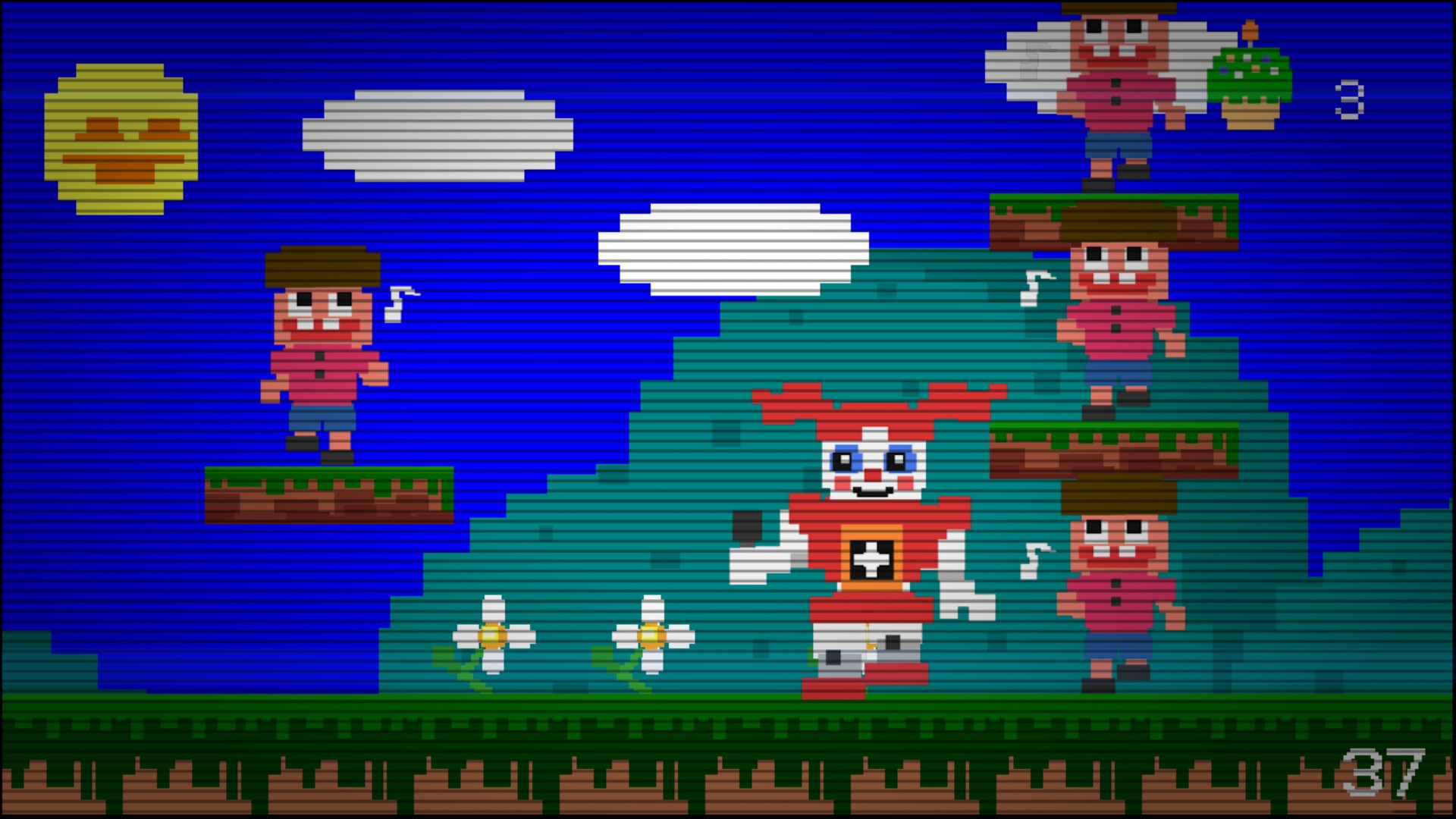
Pictured: Pure fear.
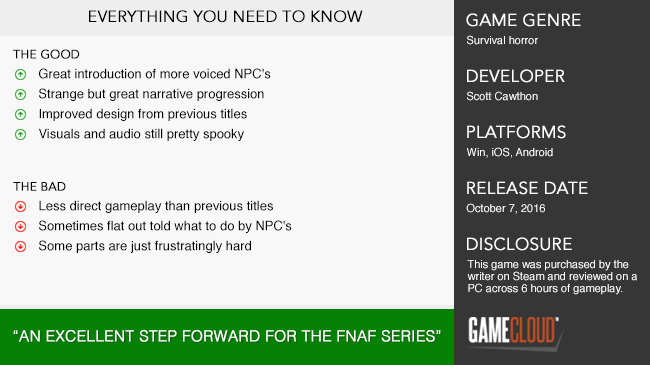
I understand that FNAF isn’t everyone’s cup of tea; as a horror game it doesn’t quite reach that level of scariness that some desire, and as a game, in general, it’s far from conventional. It was quite novel when the series first appeared, but the hype began to slowly die off a little by the time the third title hit the Steam store. That being said, it’s not a bad series – I personally find it to be something of a well executed, drawn out creepypasta story in motion, and I enjoy that immensely. If you’re still a fan of FNAF, Sister Location does a lot to progress the narrative and change up the too-familiar design. If you’re not a fan but want to try the game, I can honestly say that you’ll enjoy this when you get to it. Six months from now. After you’ve obsessively played the rest of the series and emerged from the depths of several wikis, crazed and full of theories.

